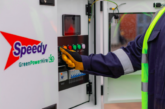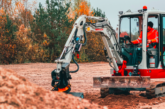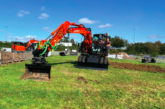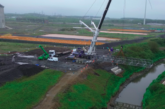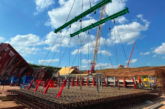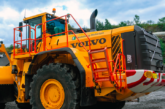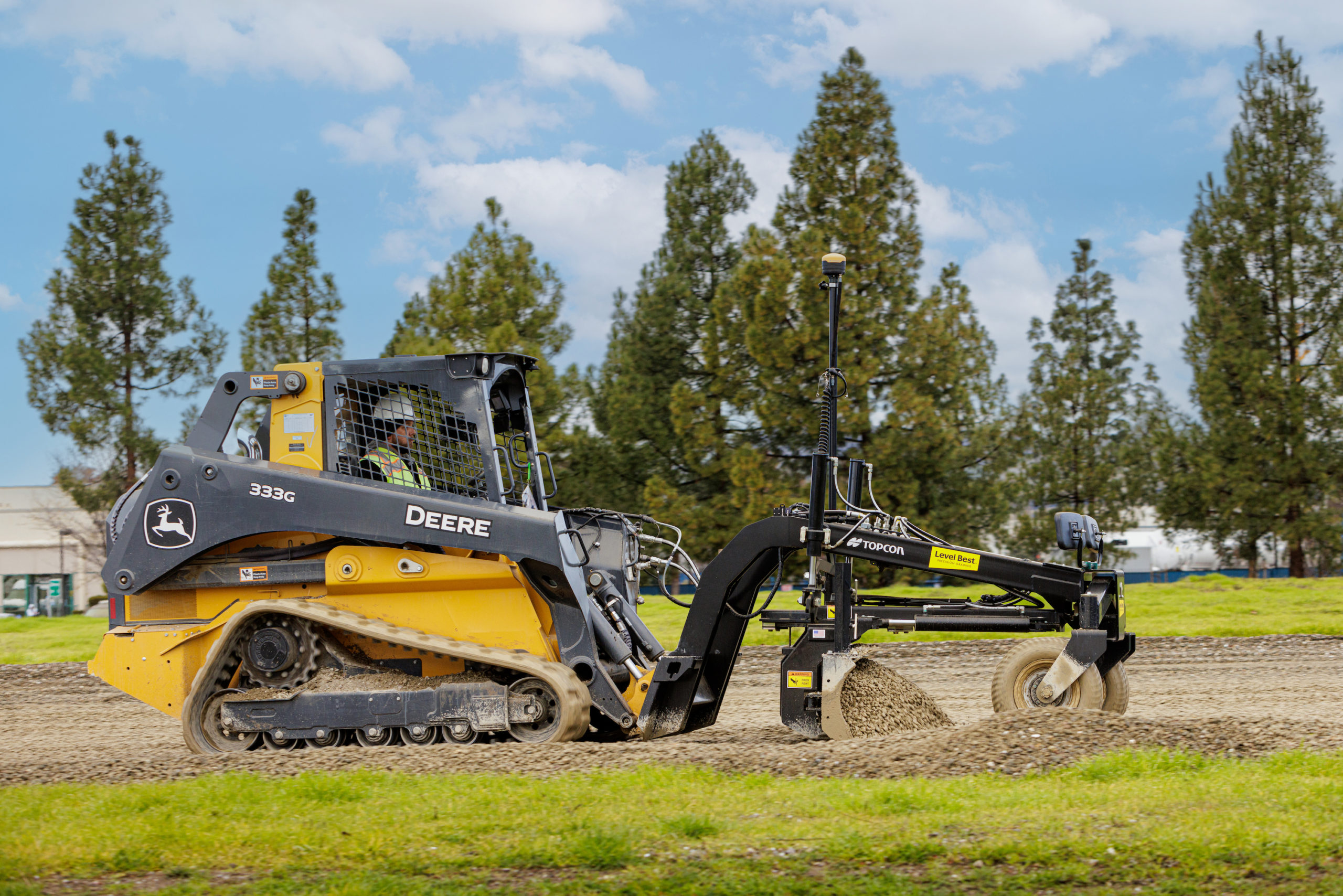
Topcon’s recently released findings from a survey of construction companies shows that nearly everyone is using some form of machine control – but not all the time. The survey of 1,000 managers, director and business owners working in construction across Europe revealed that 97% of them use machine control in some capacity.
However, few companies are using it all the time – just 1% – while 7% are using it on between 75% and 99% of their projects, 17% on between 51% and 75% of projects, 29% on between 26% and 50% of projects and 46% on fewer than 25% of their projects. “For many, their experience with machine control is still in its infancy or confined to certain types of projects or applications,” comments Topcon in its analysis. The survey doesn’t break down the answers into different types of machine control or automation and doesn’t split the results by construction company activity.
Looking at the variation in take-up due to size of company, the results show the bigger a company is, the higher the percentage of projects for which it uses machine control: 22% for companies with 10 to 49 employees; 27% for those with 50 to 99 employees, 40% for 100 to 249 employees and 42% for 250 to 500 employee-companies. As Topcon comments, these differences could be due to larger companies having more capital to invest in tech or simply because they are working on larger projects that require machine control.
The survey doesn’t reveal significant differences between the countries surveyed in Europe. Germany and Scandinavia are somewhat more enthusiastic adopters with machine control used on an average of 36% of contractors’ projects. Companies in the UK and Belgium use it on an average of 32% and 31% of projects respectively. When asked about the benefits of machine control, there was no stand-out answer. Accuracy and improving efficiencies were each pinpointed by 25% of respondents and reducing operator fatigue and improving sustainability by 24%.
Interestingly Topcon argues that machine control will help encourage more younger people to enter the industry and that it can help less experienced operators do a higher quality job. It asked respondents whether “advanced tech such as machine control is a key solution to attracting the best talent”; 77% said yes with only 8% disagreeing. When it came to barriers to adoption of machine learning, it is perhaps surprising that upfront investment in technology came bottom of the list with 22%. At the top, 27% selected lack of government initiatives or support, followed closely by a lack of buy in from senior decision makers at 26%. Incompatibility with current machinery and time and resources needed for training were next at 25%, with a lack of regulation and standards and resistance to change both scoring 24%.
Like in many other areas of construction people are looking at legislation and regulatory pressure to drive adoption, rather than drive it themselves, an odd state of affairs when the benefits are tangible and at hand.
Enjoy this issue,
Editor, John Levick

